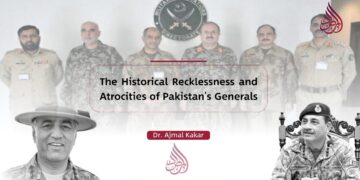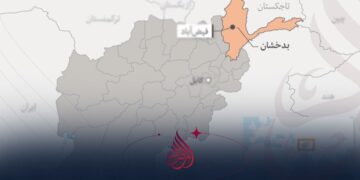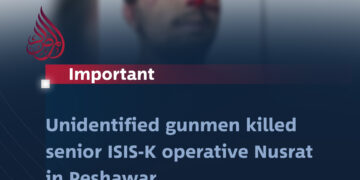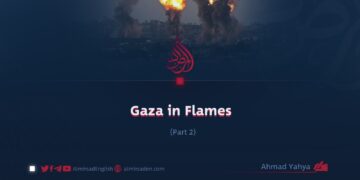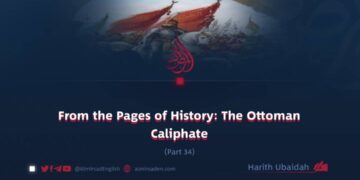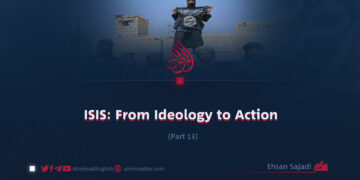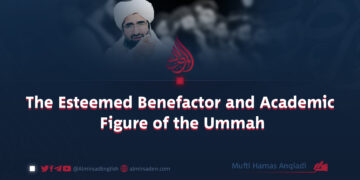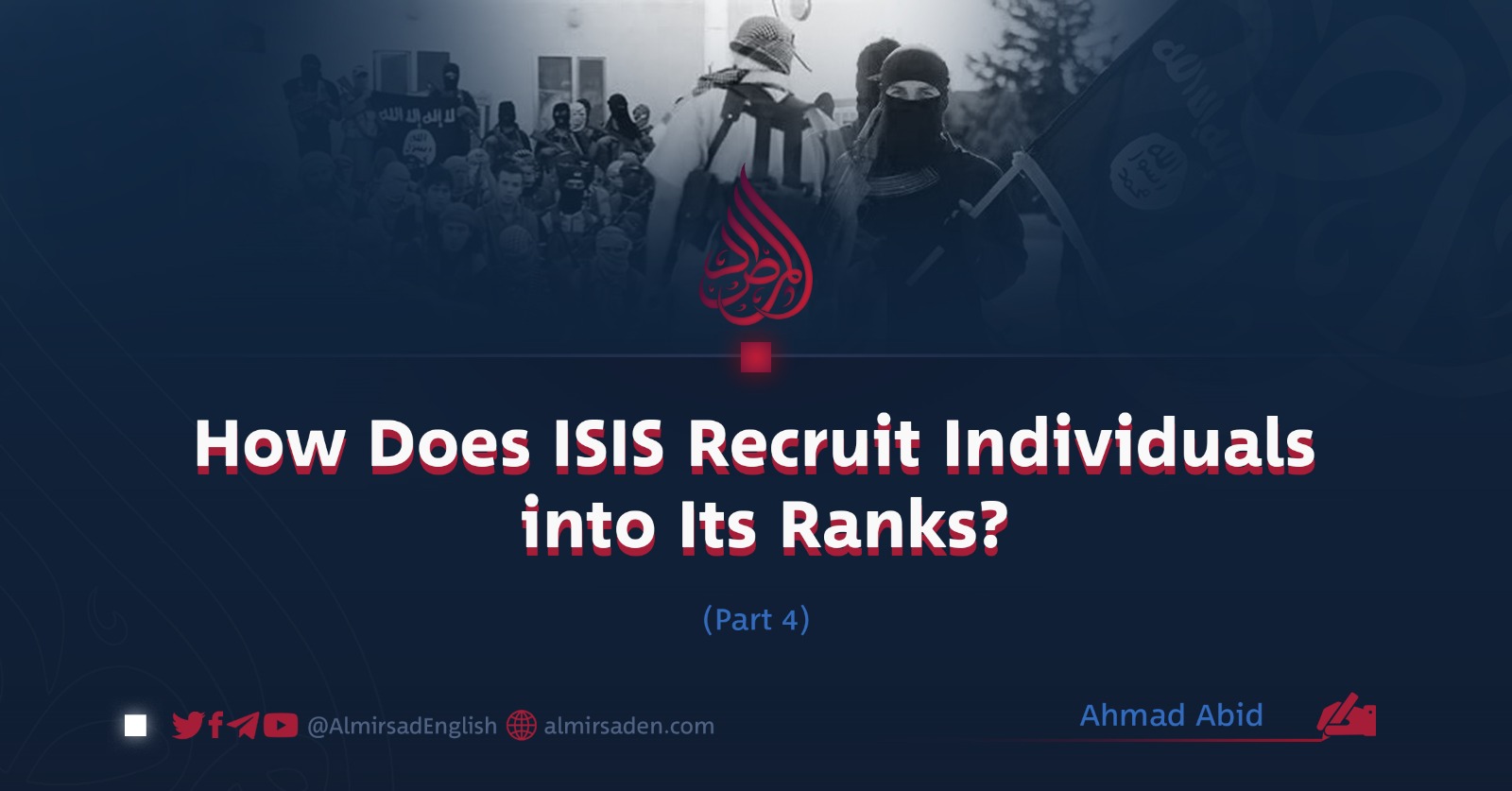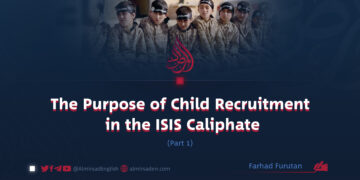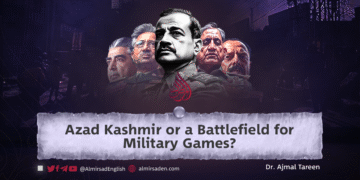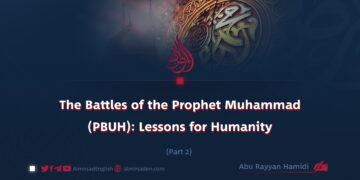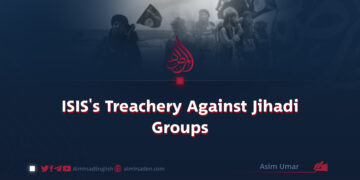Part 4
Written by: Ahmad Abid
3. The Use of Social Media:
In light of the internet and virtual media’s significant role in shaping public opinion, ISIS extensively leverages virtual channels to disseminate its message globally and attract diverse audiences.
In this modern era, media and social networks serve as crucial platforms for furthering political, military, social, and cultural agendas. ISIS’s unrestrained and widespread activity on social platforms facilitates the achievement of specific objectives.
The propaganda tools employed by ISIS can be categorized into two distinct groups:
1. Virtual Media and Social Networks: This encompasses propaganda efforts conducted through platforms such as WhatsApp, X, Facebook, Telegram, and others.
2. Traditional Media: This involves utilizing radio and television to disseminate messages and advertisements.
Through various media channels, ISIS conveys three significant messages. Firstly, by publicizing its brutal acts and atrocities, the group aims to instill fear and terror in individuals. Secondly, through the dissemination of fabricated and staged reports, it seeks to project authority and control.
The third media stream of ISIS portrays certain humanitarian scenes that are in stark contrast to its primary stream.
ISIS utilizes this dual and contradictory strategy to both display strength and cultivate a degree of popularity among a global audience. However, it is unlikely to achieve these objectives.
Overall, ISIS’s agenda on these networks includes capturing attention, legitimizing its presence, establishing acceptance, and demonstrating power.
While various groups and movements have utilized media power, ISIS has effectively maximized available media resources to further its goals. Consequently, some analysts have labeled the internet as “ISIS’s primary battlefield.”

